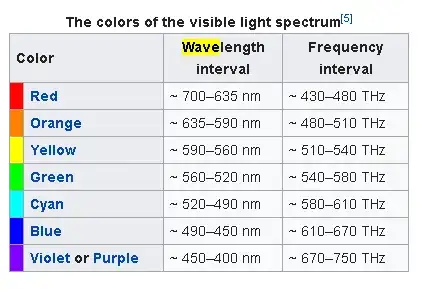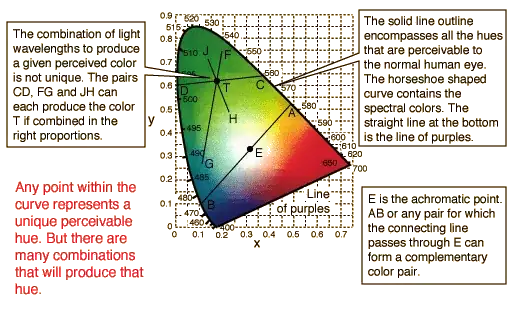I am trying to understand how color works, and I am curious whether the yellow we perceive when our eyes are hit by red and green light at the same time is the same yellow that is at the exact yellow frequency.
What I mean is that I read recently that white does not have a frequency by itself, but rather that we perceive white when we perceive all frequencies of light at once(at least ones we are sensitive to).
What confuses me is that based on Wikipedia chart, 
red has a frequency of ~480, and green has a frequency of ~550, whereas yellow has a frequency of ~540. So i am not sure whether they add up in some way to become equivelent to yellow, or if the presence of red and green makes our eyes perceive yellow without there being any yellow.
To clarify, I mean that yellow has its own frequency and wavelength, and red and green have their own frequencies and wavelengths, so when we see yellow, is it equivalent to seeing red and green, or can we perceive red and green but if we capture the frequency of yellow of the light, there may not necessarily be any yellow there. Also, if they are different yellows, then what happens if red, green, and yellow is present at the same time?
